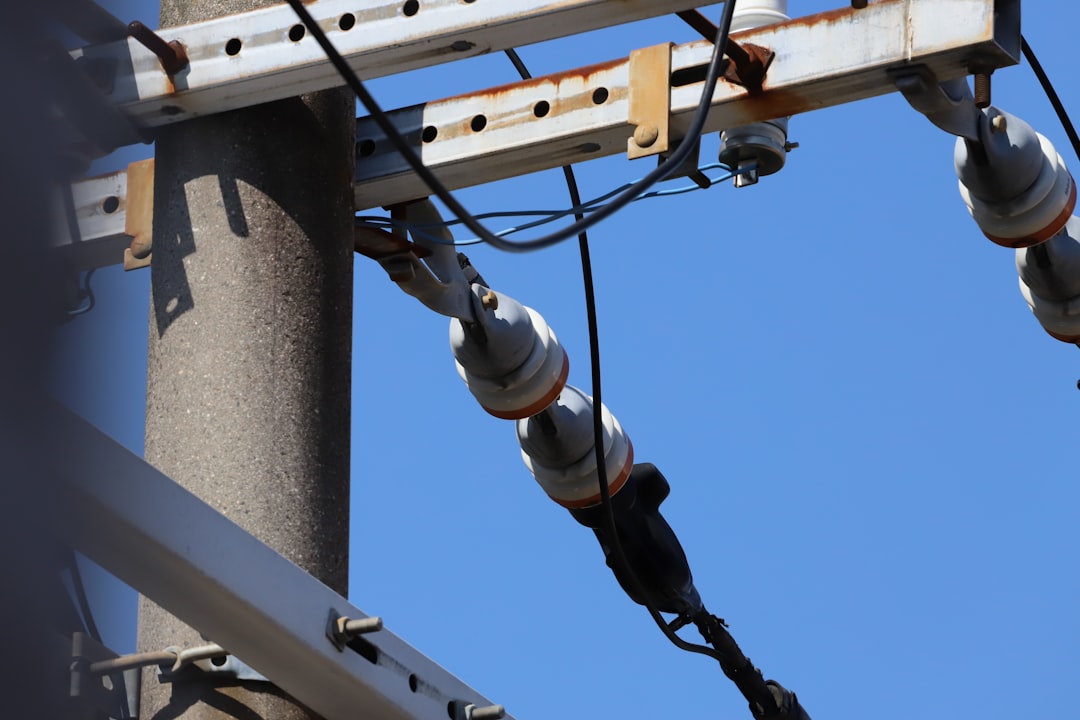The Real Cost to Hook Up to Electricity in Residential Construction
Connecting a home to electricity involves several factors that influence costs, ranging from $1,800 to $12,500. These costs depend on utility requirements, municipal codes, and site-specific conditions. This guide provides insights into major cost drivers and typical price ranges in Minneapolis, helping construction professionals make informed decisions.
Why the Cost Varies House to House
Each service connection is unique. Factors affecting costs include:
- Distance from the main utility line to the meter
- Required amperage (100 A, 150 A, 200 A, or higher)
- Trenching or directional boring obstacles
- Panel upgrade needs
- Local permit fees and inspection timelines
Typical Minneapolis–St. Paul Price Benchmarks
Based on recent projects, expect these cost tiers:
- Standard Overhead Drop: $1,800 – $3,200
- Underground Service: $3,500 – $6,800
- Complex Upgrade: $7,000 – $12,500
These include material, labor, permits, and inspections. For the latest costs, visit CountBricks.com.
How CountBricks AI Delivers Instant, Accurate Numbers
CountBricks uses AI to provide real-time estimates by capturing project details and checking:
- Commodity pricing for materials
- Local labor rates
- Permit costs
- Historical data from past projects
Get a line-item estimate instantly, avoiding delays.
Step-by-Step Residential Service Connection Process
- Site Assessment
- Utility Coordination
- Trench & Conduit Installation
- Panel & Meter Setup
- Inspection & Energize
Hidden Costs Homeowners Overlook
- Asphalt or concrete patching
- Landscape restoration
- Temporary power poles
- Surge protection devices
CountBricks itemizes these to prevent surprise costs.
Five Pro Tips from CountBricks Estimators
- Start utility applications early
- Upgrade to 200 A service for future needs
- Choose cost-efficient materials
- Bundle data conduit
- Let CountBricks handle permits
Financing & Incentives
Explore Minnesota incentives for electrical upgrades. CountBricks applies rebates directly in estimates. Learn more at CountBricks.com.
CountBricks: Your One-Stop Residential Partner
CountBricks manages the full construction cycle, reducing project durations and cost overruns. Request a demo at CountBricks.com.
Conclusion
Understanding the costs of electrical hookups is crucial. CountBricks provides transparency and control over expenses, ensuring a smooth project execution.
Case Study: Cutting a $4,100 Service Upgrade to $3,300 with CountBricks
The Larson family reduced their service upgrade costs by leveraging CountBricks' tools:
- Verified trench run length
- Updated copper prices
- Bundled data conduit
- Applied city rebates
The final cost was $3,300, with power connected in under three weeks.
How to Prep Your Site and Save Even More
- Mark private utilities before trenching
- Rough-in panel location early
- Photograph existing equipment
CountBricks Advantage Recap
- Quick voice-to-estimate process
- Live material pricing
- Integrated rebate engine
- Digital permit submissions
CountBricks streamlines residential construction, keeping schedules and budgets on track. Explore our services at CountBricks.com.

